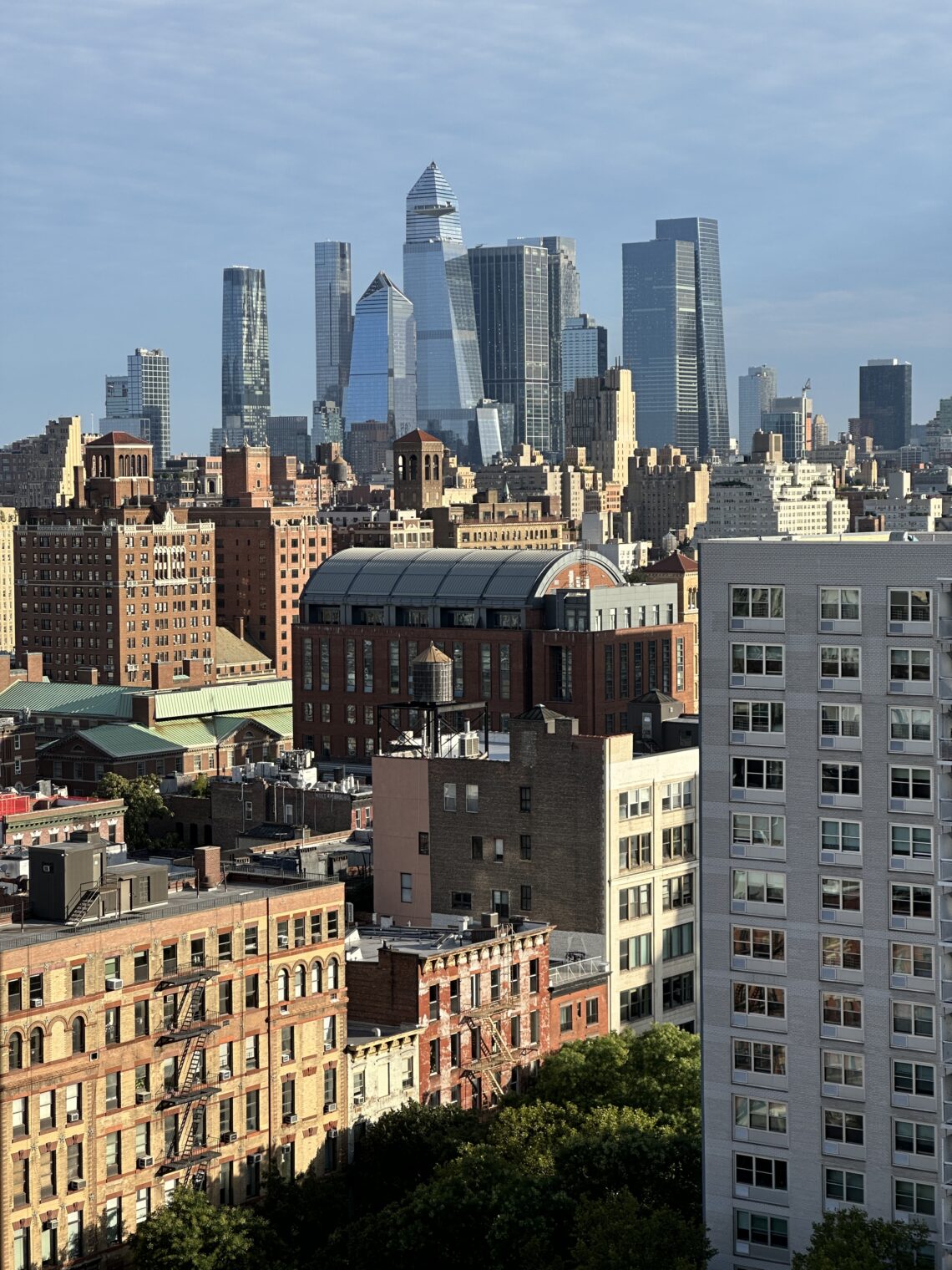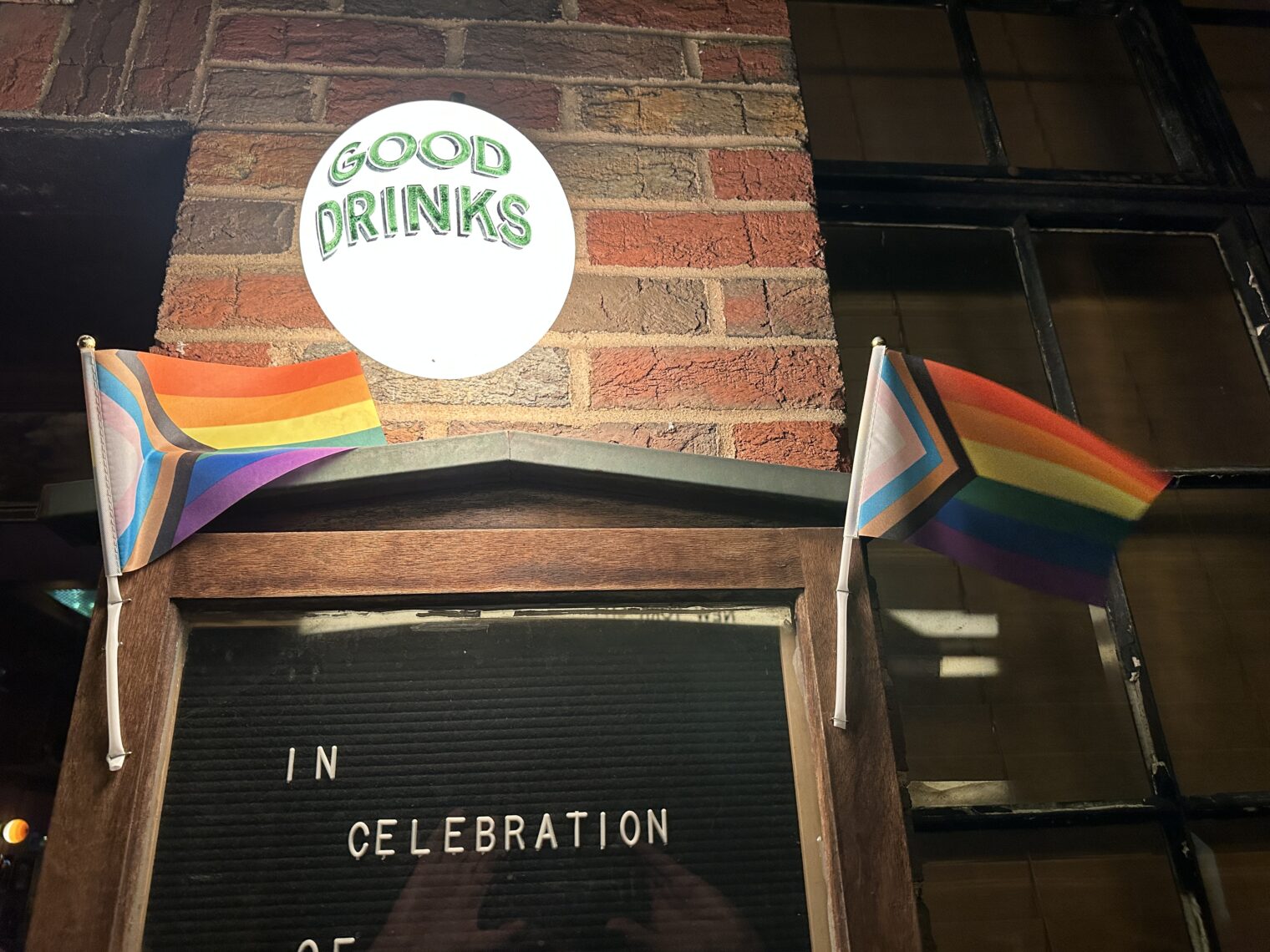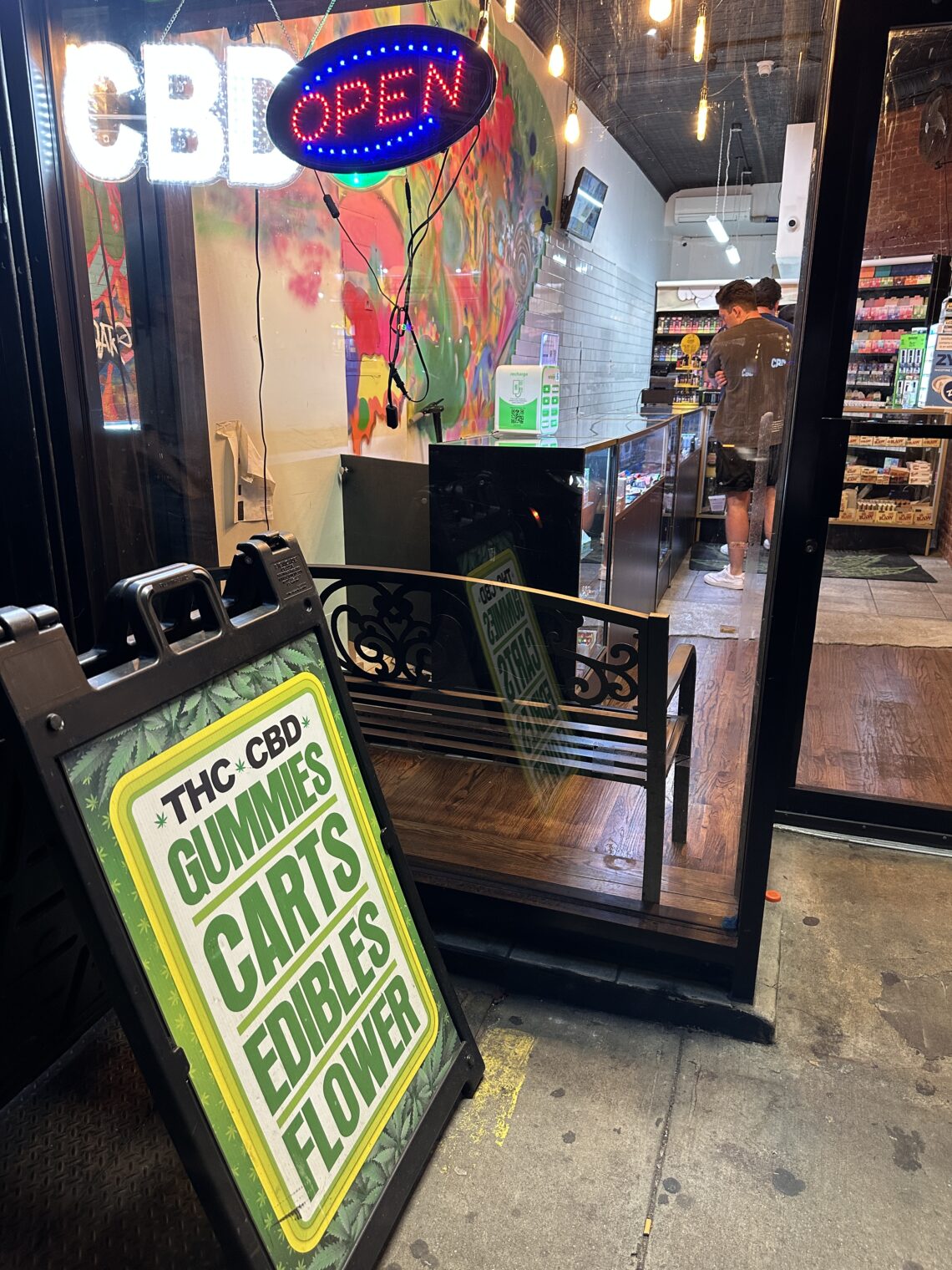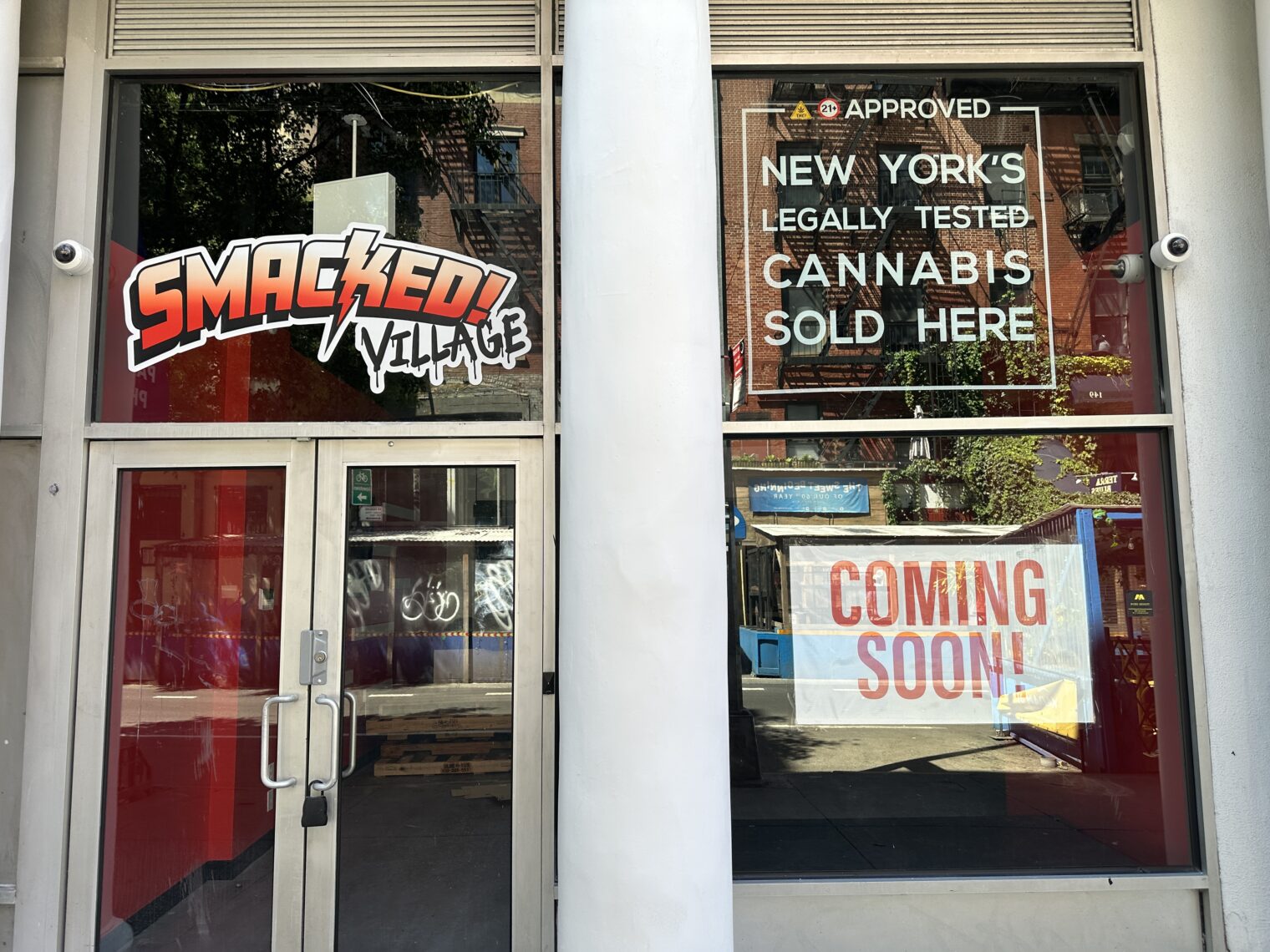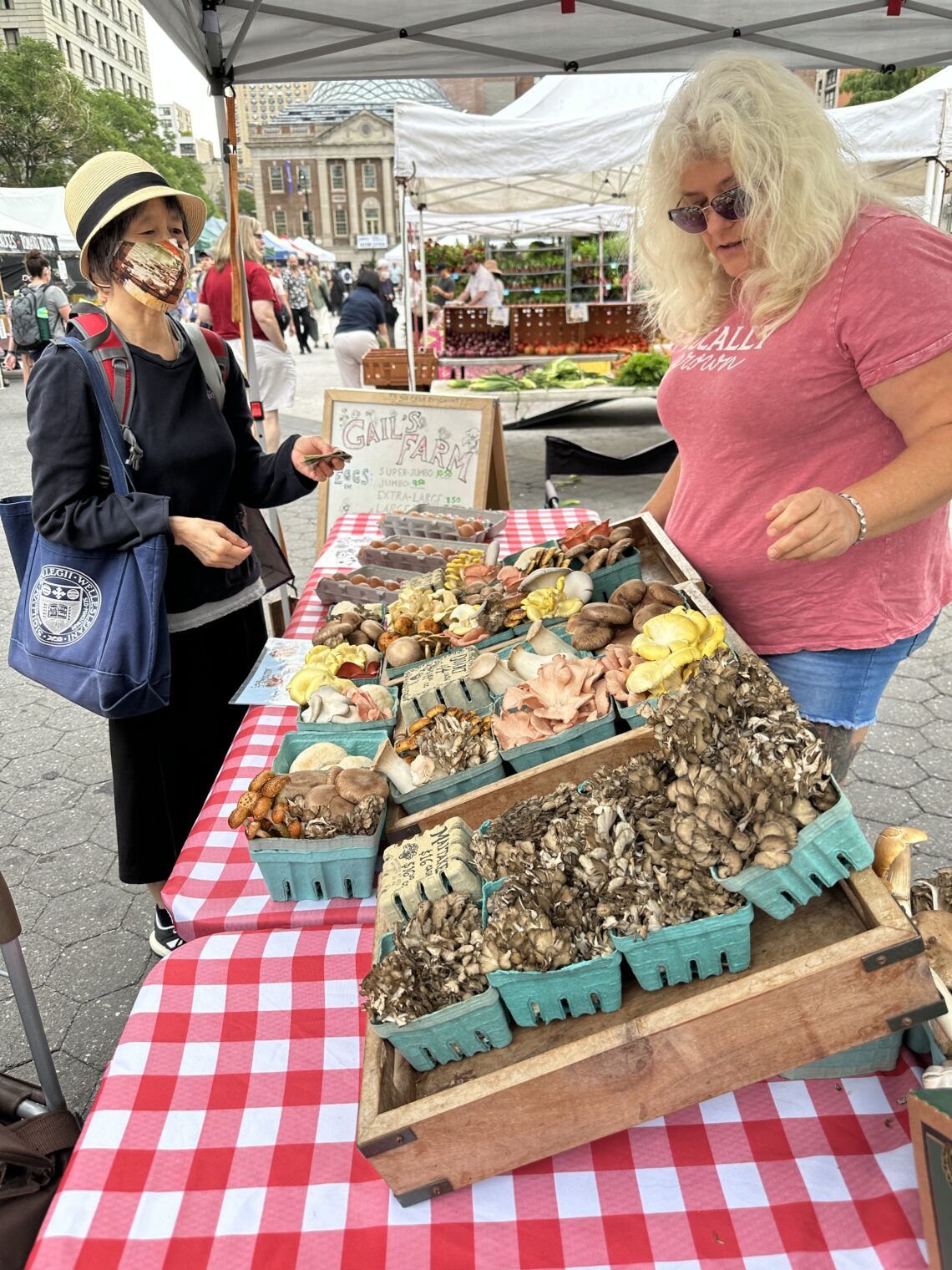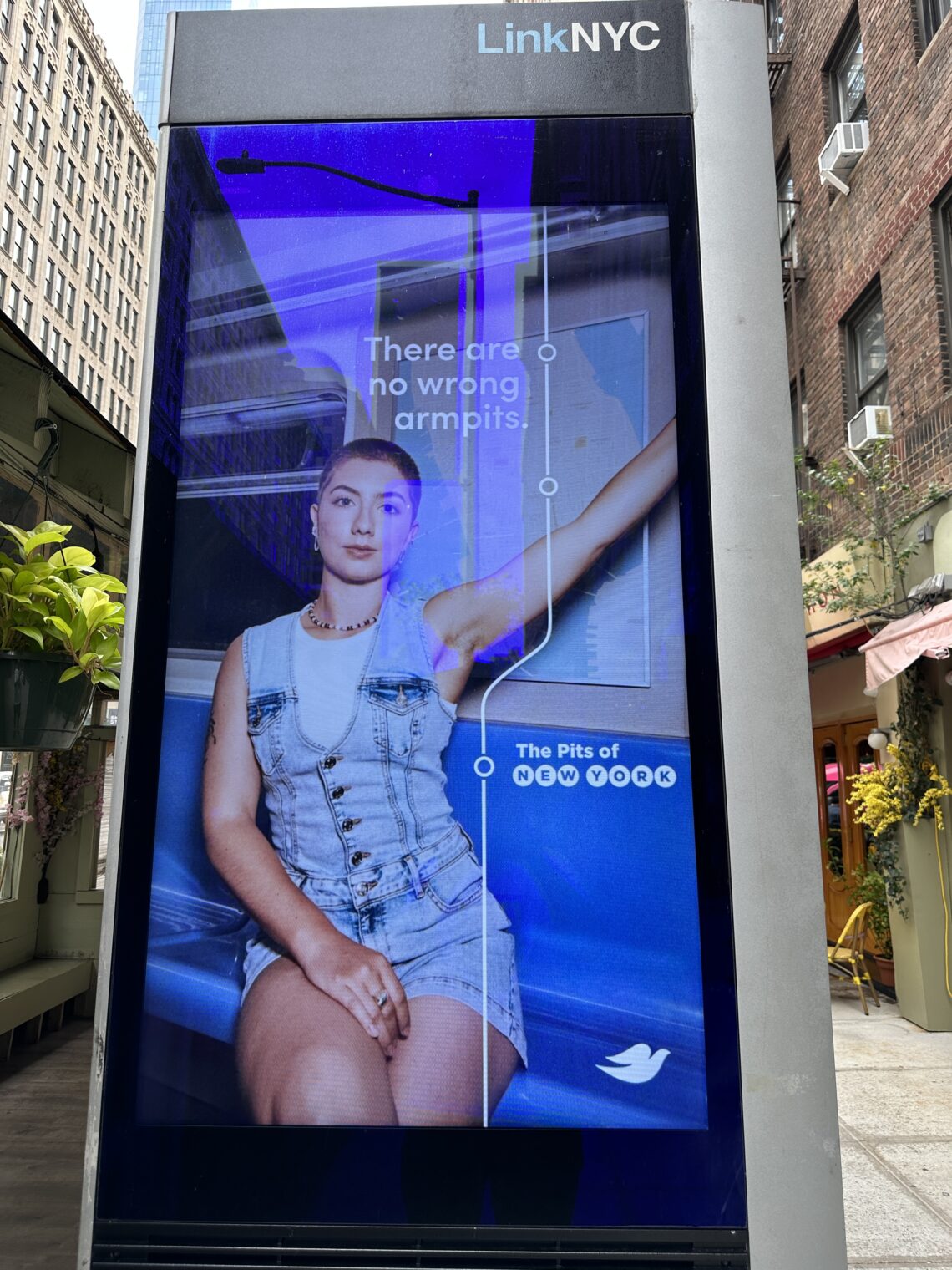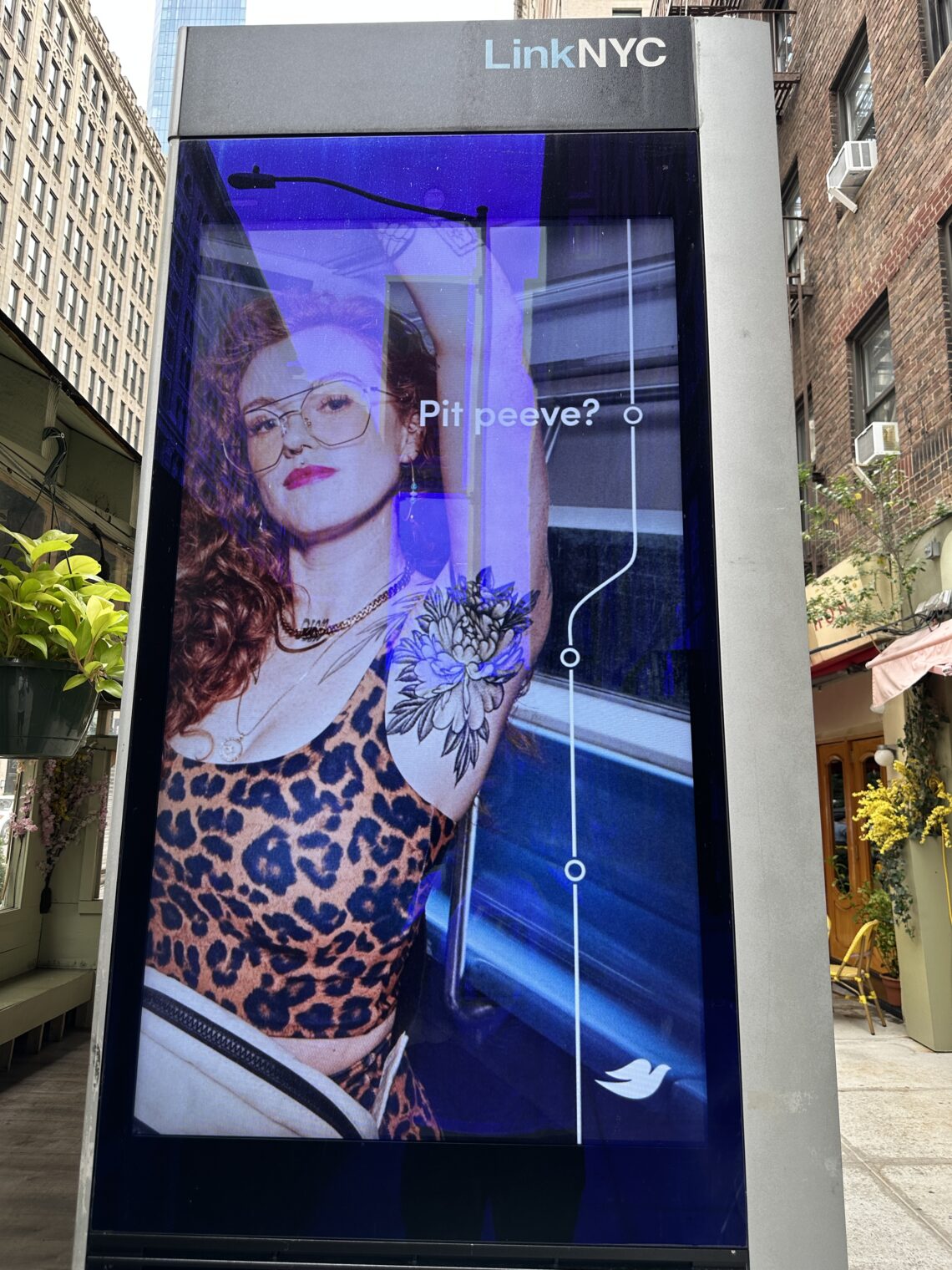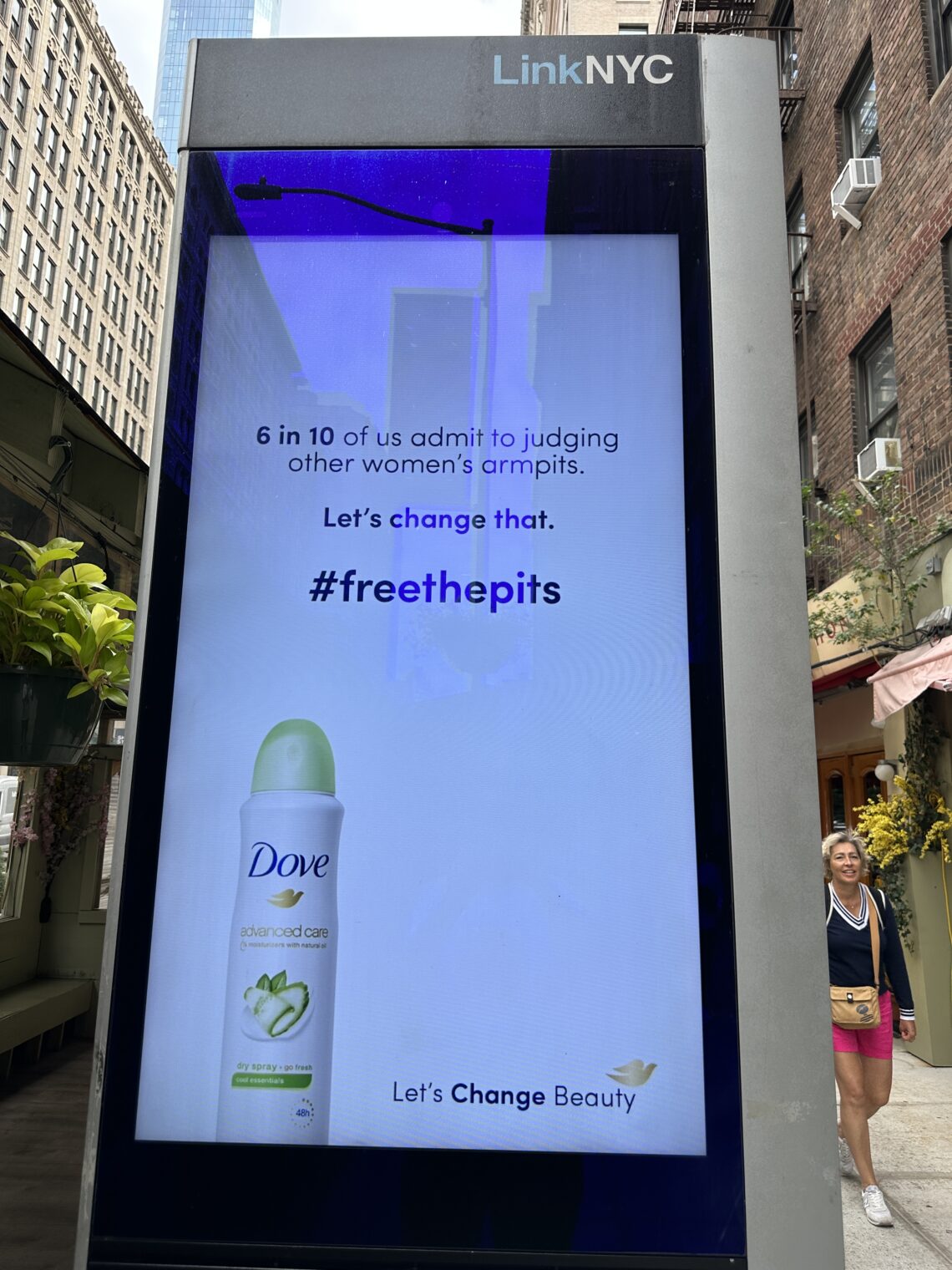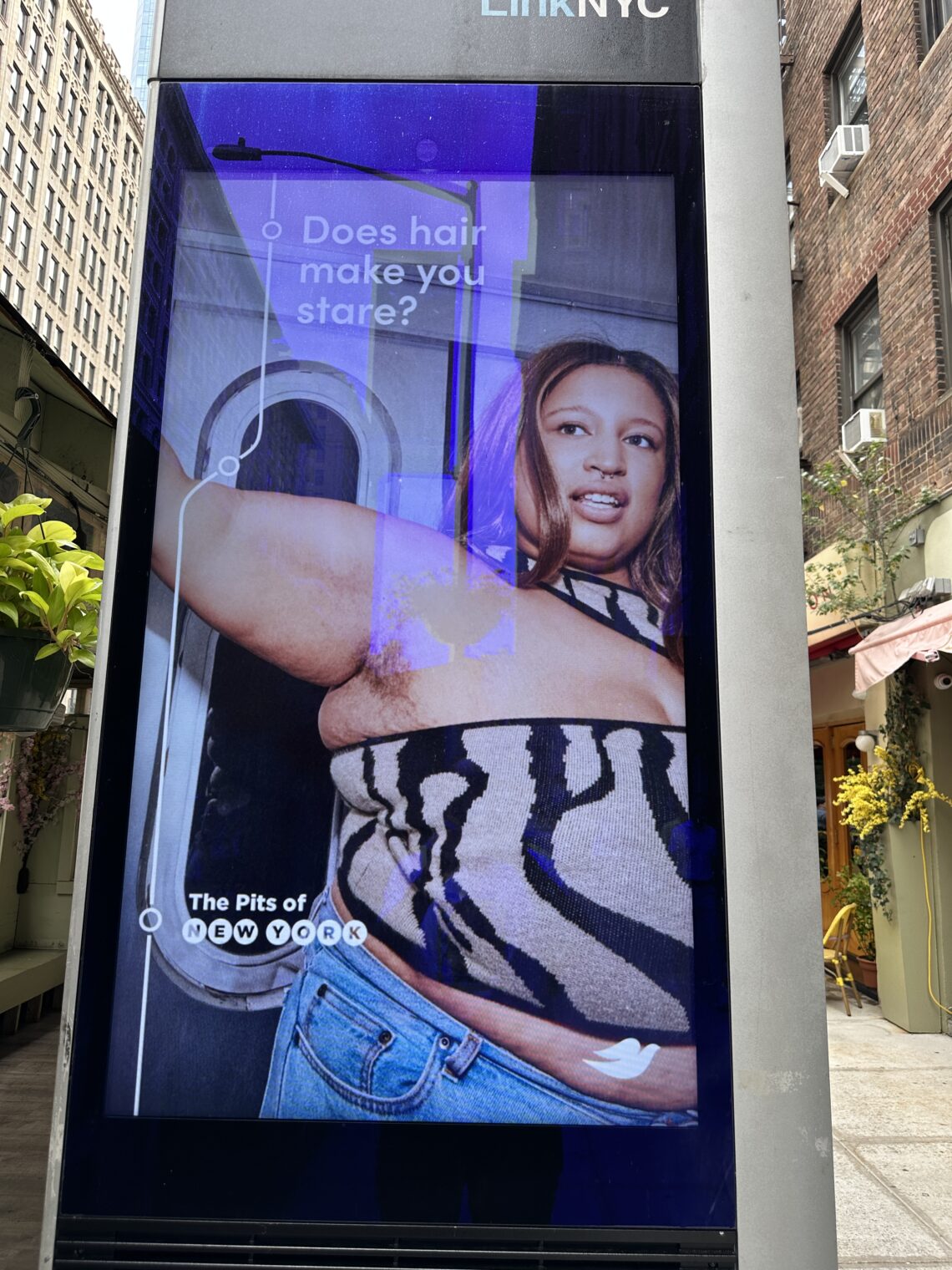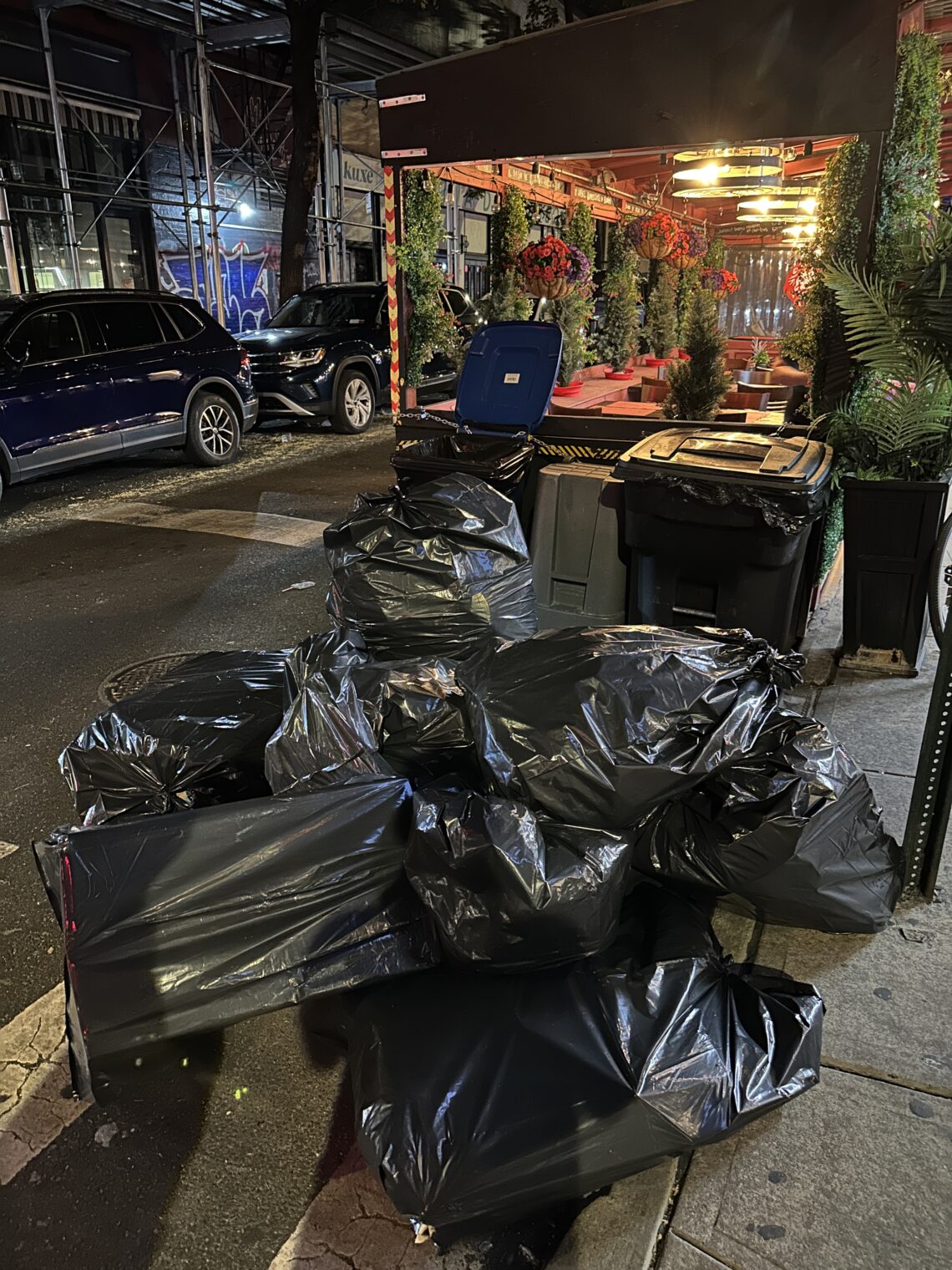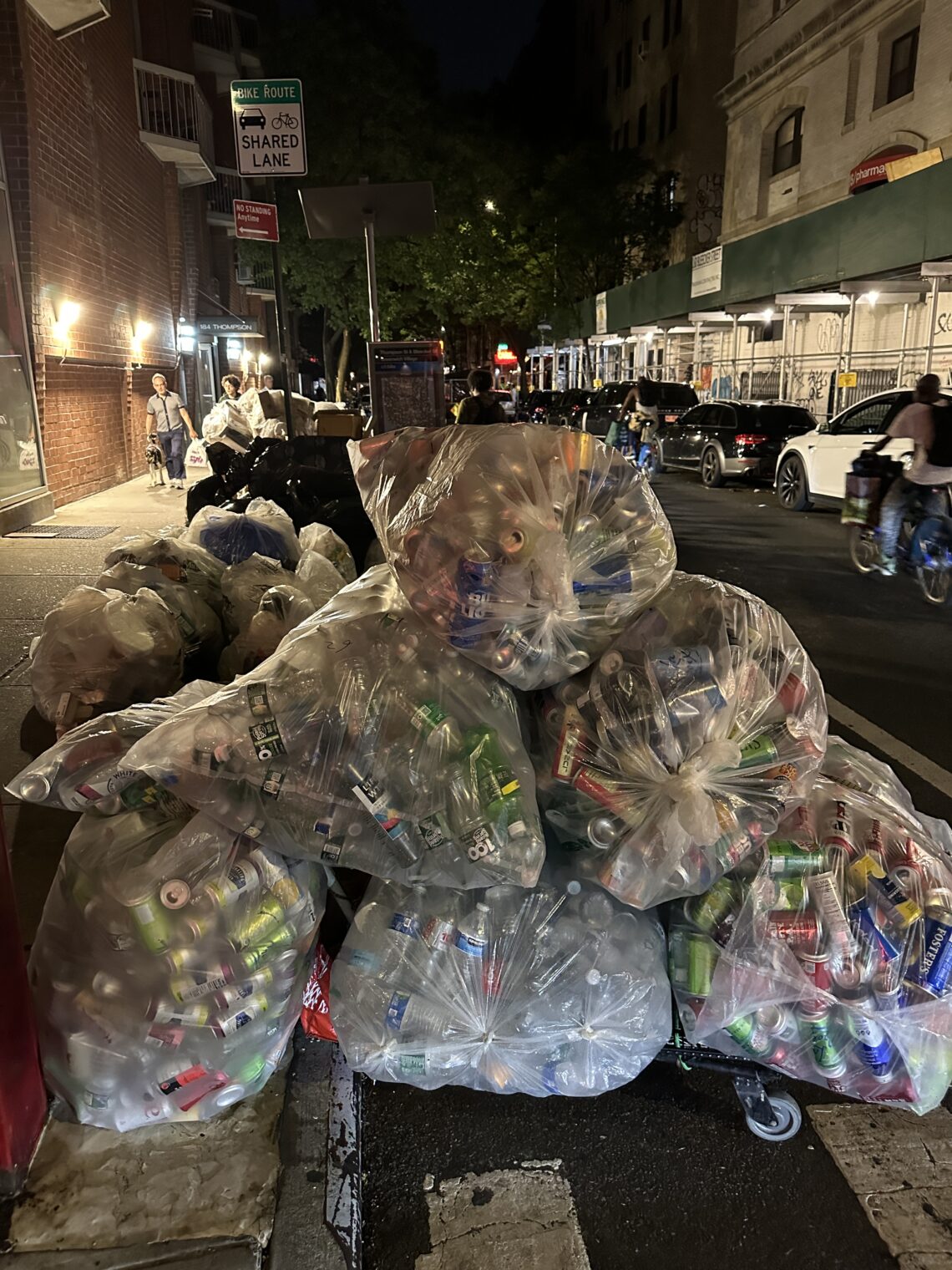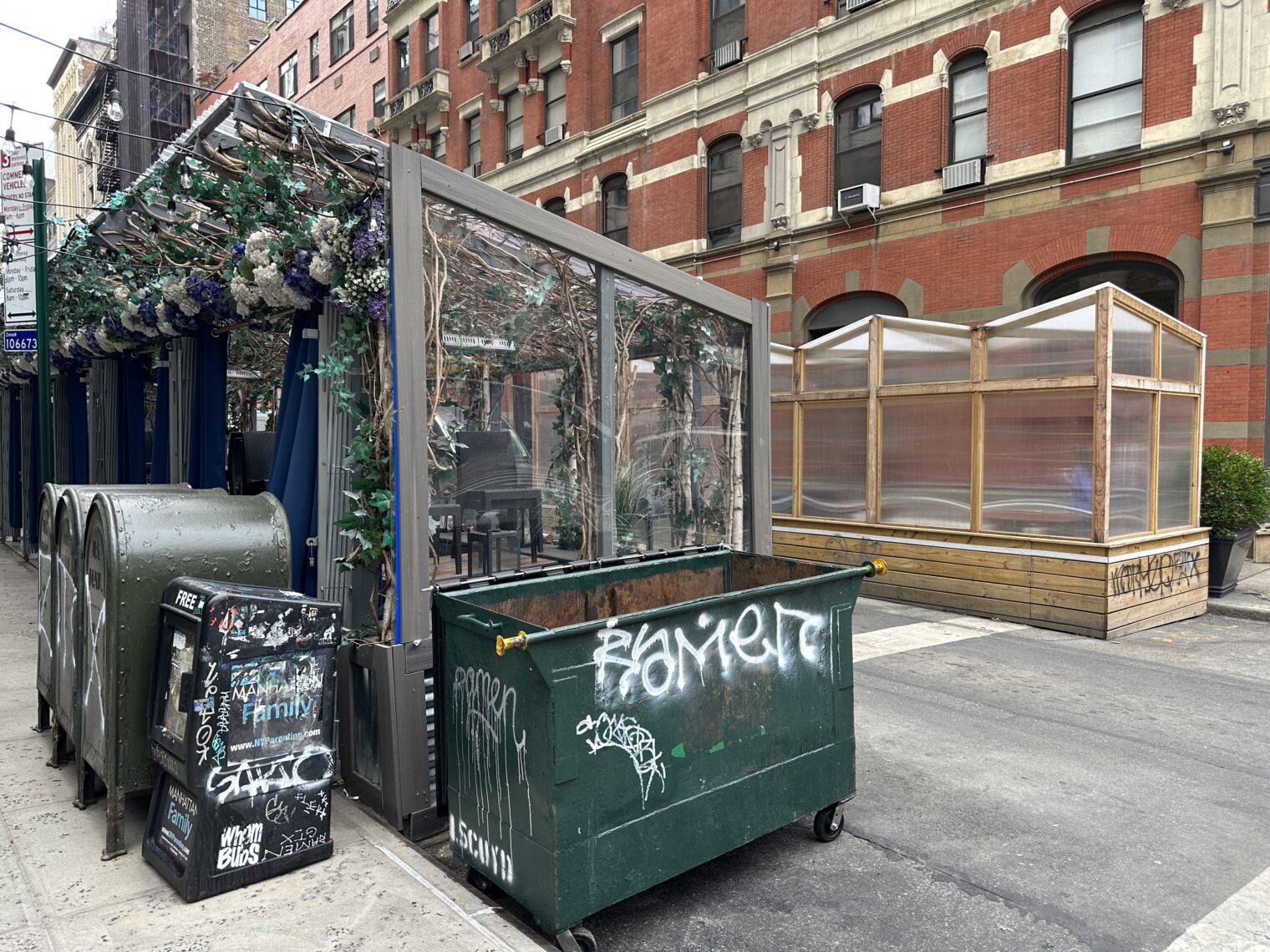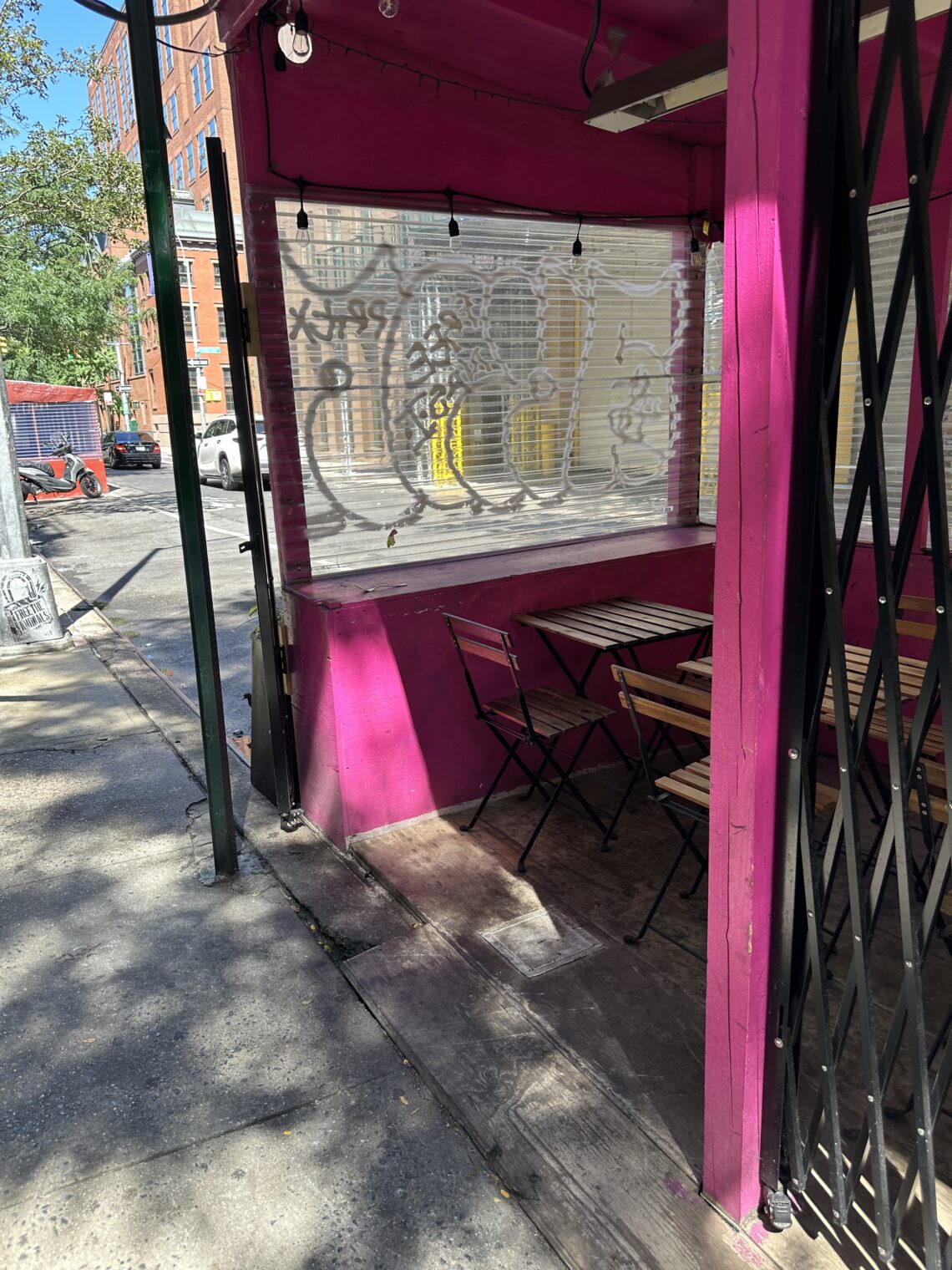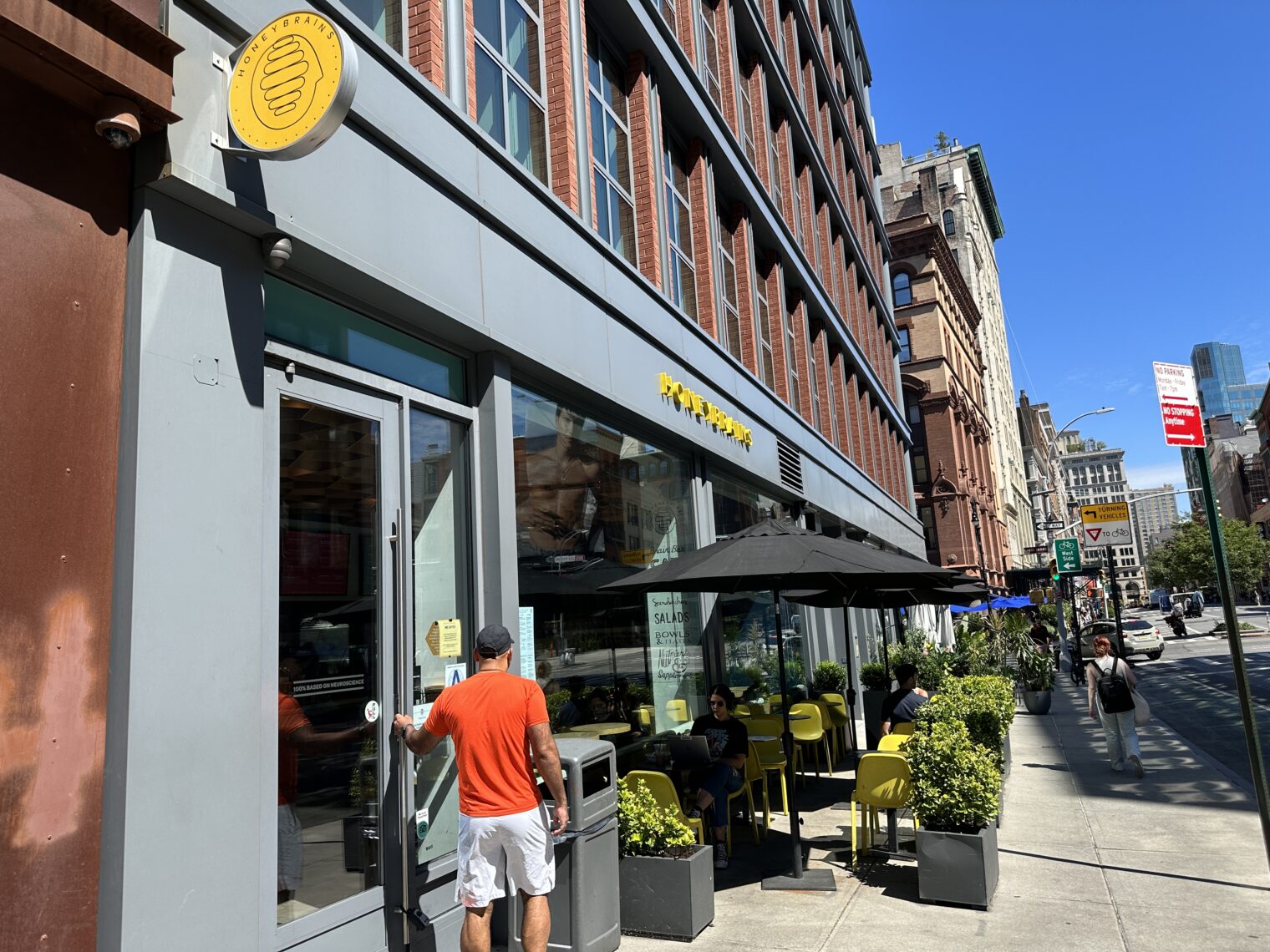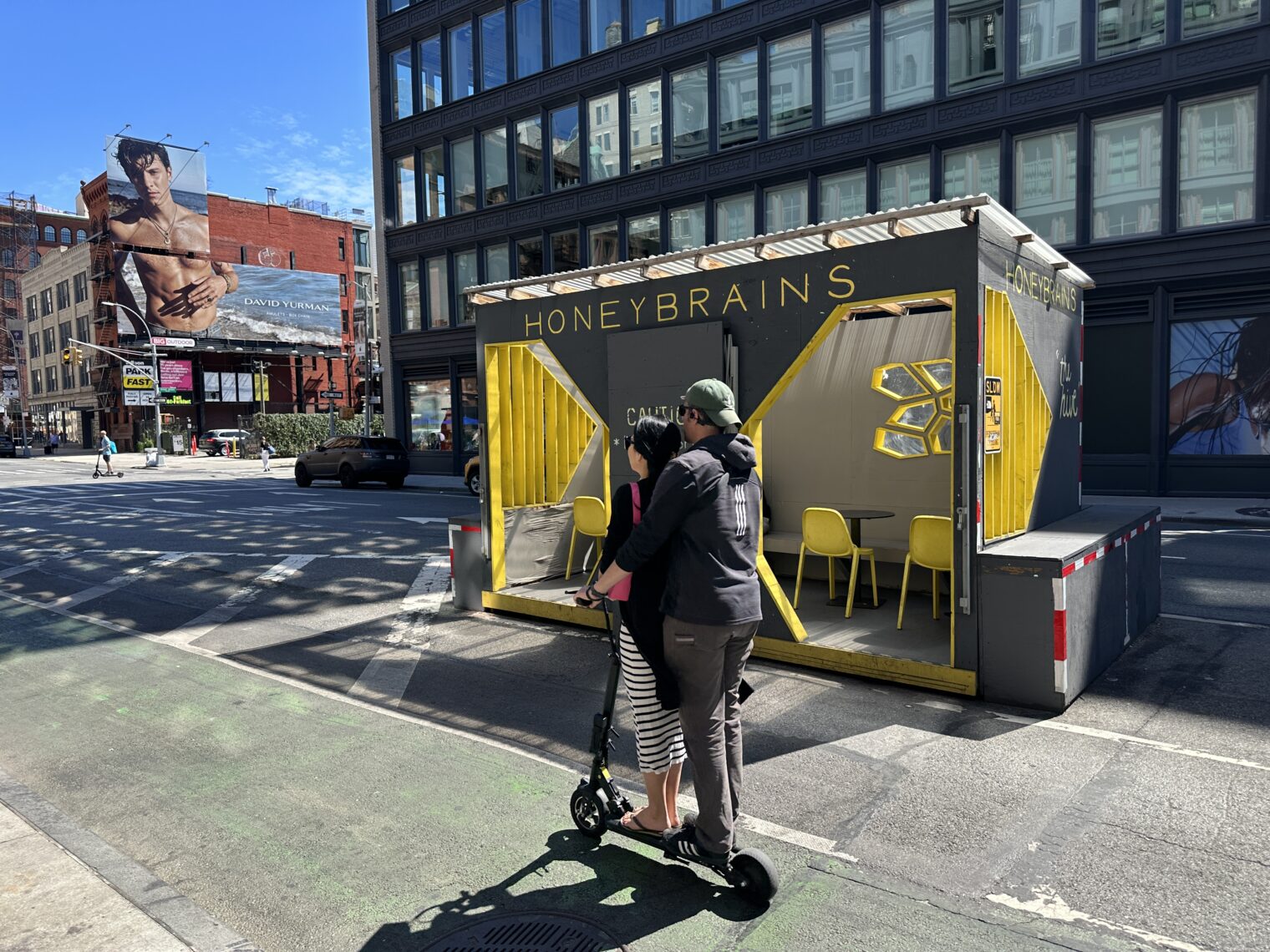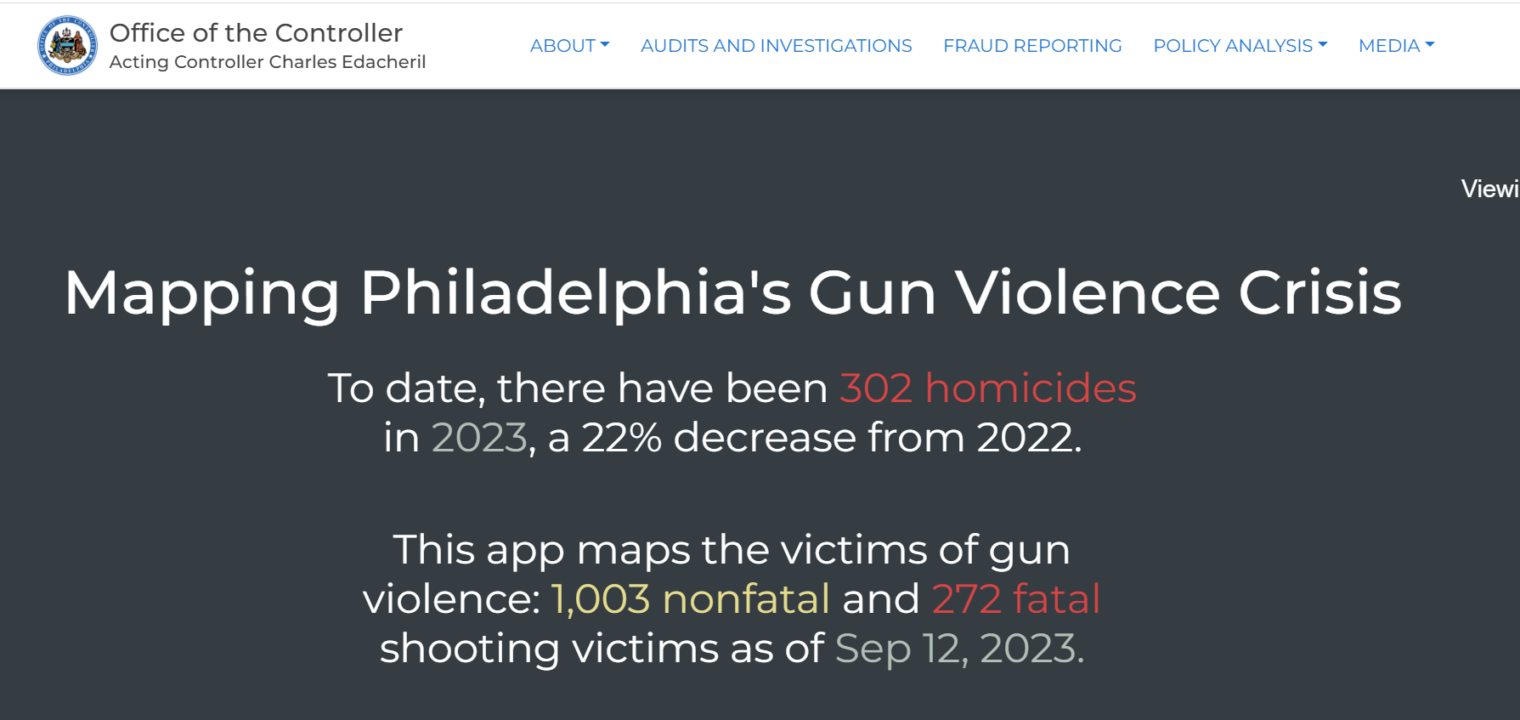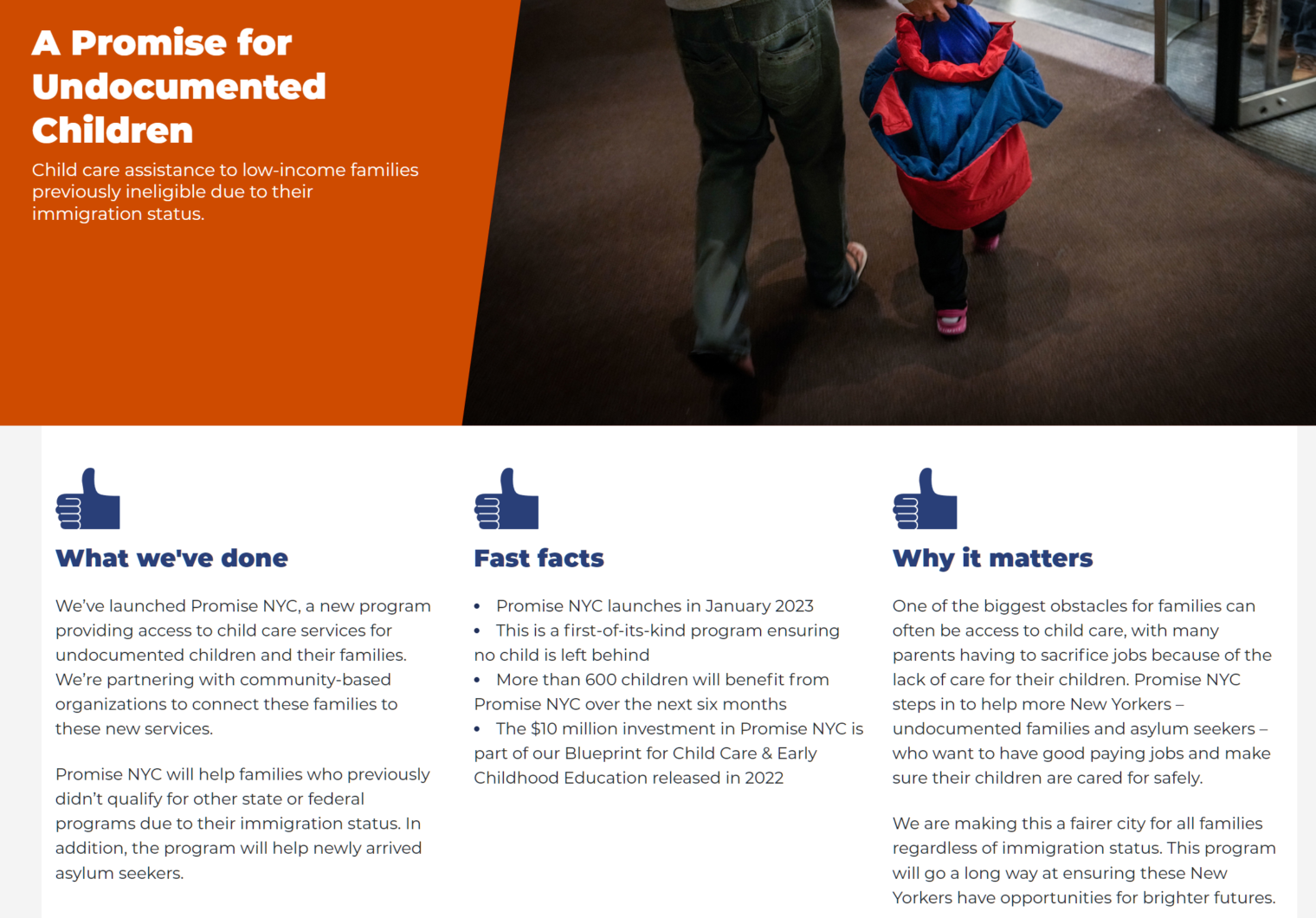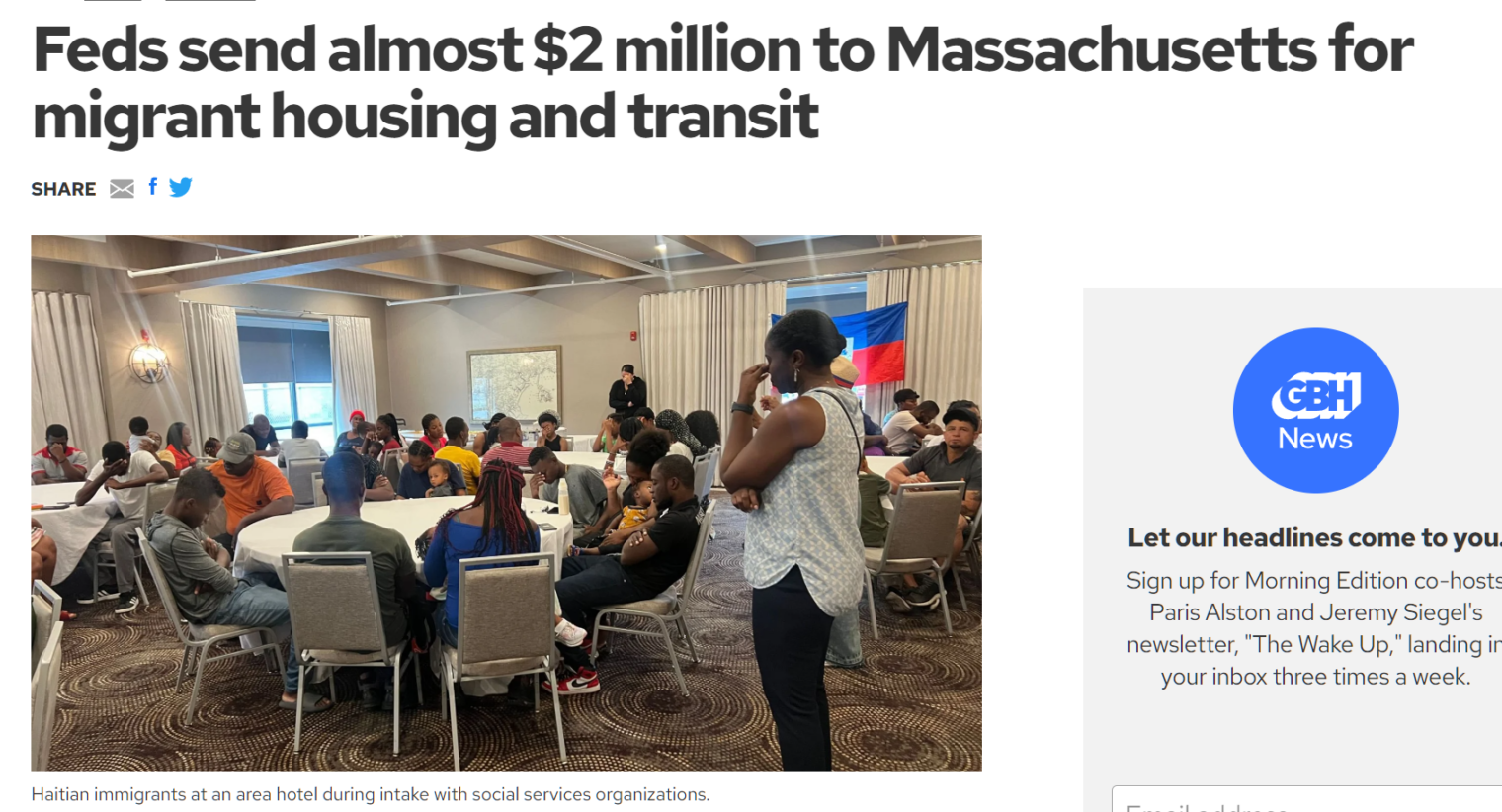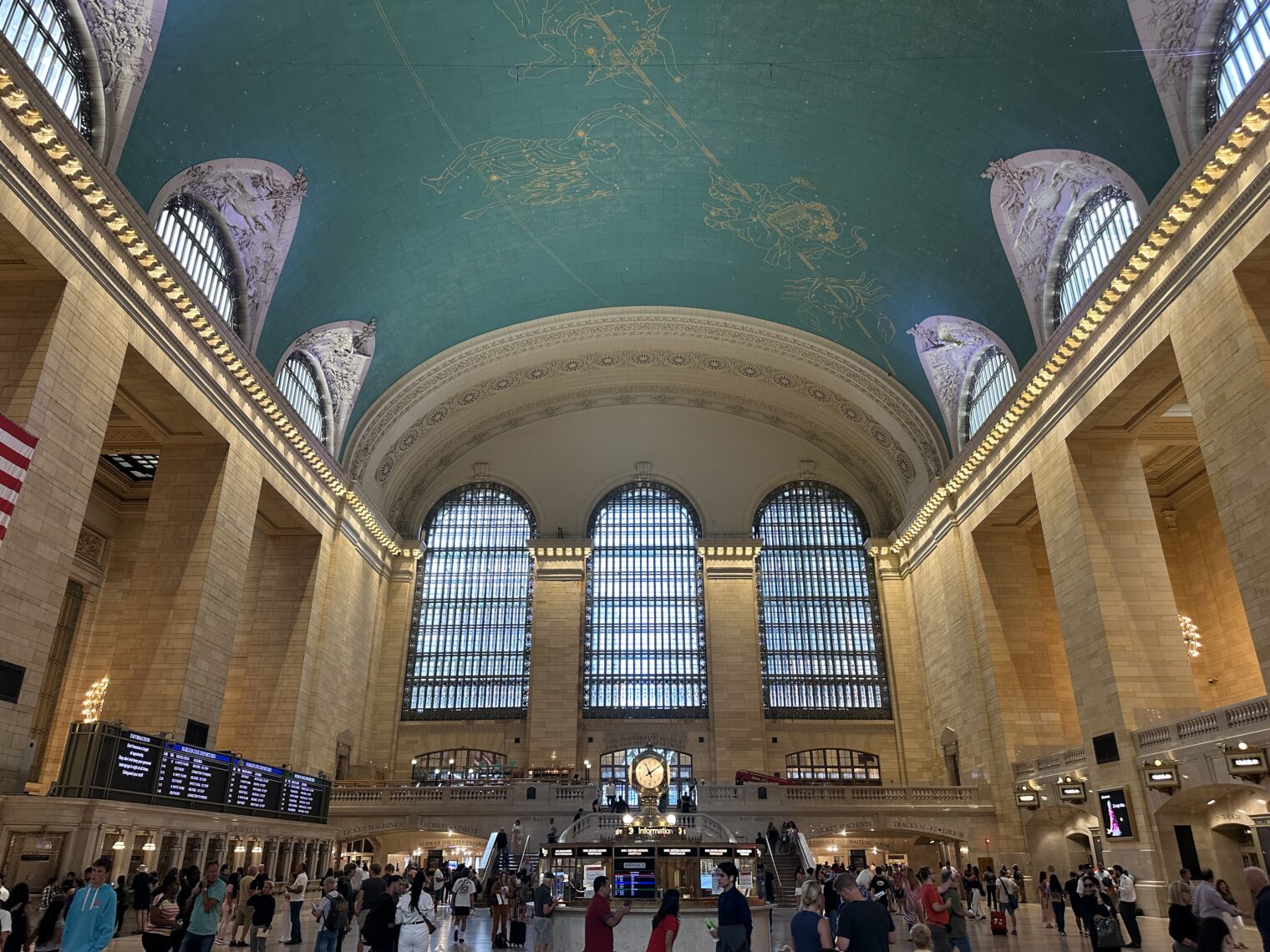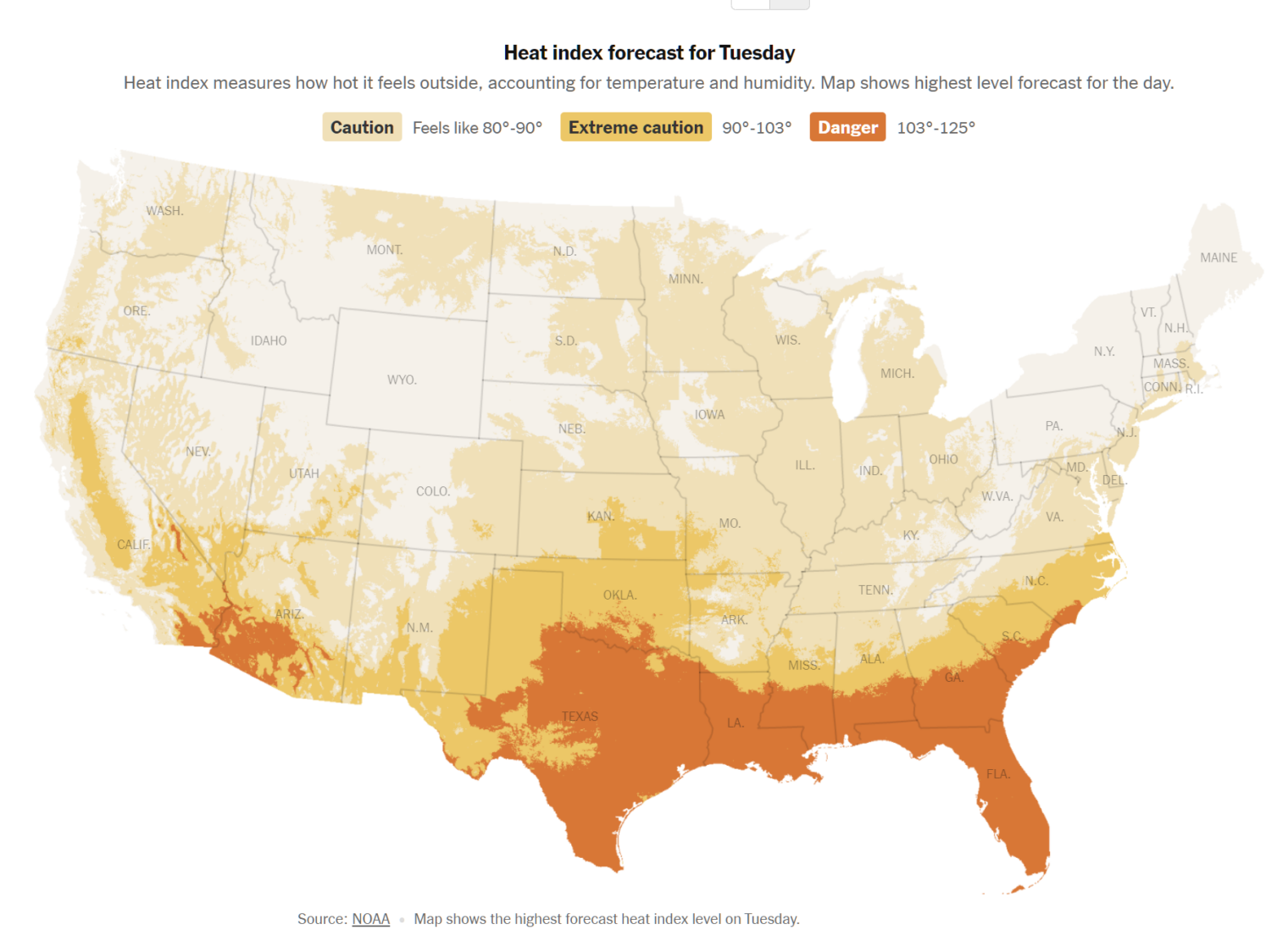What stops a migrant from identifying as Venezuelan?
“One Day on the Border: 8,900 Migrants Arrested, and More on the Way” (New York Times, yesterday):
They come from Brazil, Burkina Faso, Uzbekistan, India and dozens of other countries, a moving global village of hundreds of thousands of people crossing the Rio Grande and slipping through gaps in the border wall at a pace of nearly 9,000 people a day, one of the highest rates of unlawful crossings in months.
(“unlawful”? If they claim asylum as soon as they’re in the U.S., isn’t that “lawful”?)
Driven by desperation, families and individuals are pushing across the southern border and past new efforts by the Biden administration to keep migrants waiting until they secure hard-to-get appointments to enter the nation with permission.
They’re not being pulled in by New York and Maskachusetts promising free housing, health care, and food forever, but being driven from someone else.
“If you don’t take risks, you cannot win,” said Daniel Soto, 35, who crossed with his mother on Tuesday after they sold their car, restaurant and house in Lima, Peru, betting their entire fortune of $25,000 on a weeklong journey to the border near Tijuana.
The Newspaper of Truth says that other people are lying…
Many also believe false claims from smugglers and social media that migrants would definitely be able to remain in the United States if they could make it in.
It is absolutely false, in other words, that migrants can remain in the U.S. (except for the 500,000-ish Venezuelans who were recently granted permanent temporary status by a magnanimous Joe Biden). What’s the truth, according to the NYT?
…. others file asylum claims when they face deportation in immigration court, and are allowed to remain in the United States while they wait for their cases to wind through immigration court, a process that can take years. … Some people will not show up for their court proceedings, and continue to live and work in the United States along with millions of other undocumented immigrants. … Some migrants who arrive using the government app are eligible for permission to stay in the country and work for two years, but may still eventually be ordered deported.
“It will work out,” said Diego Santos, a 23-year-old Brazilian who was heading to Philadelphia after being released by border authorities in San Diego. Ahead of him lay the hope of construction work, but also deportation proceedings that he now has to fight. “I’ll do what I can to stay,” he said.
It is false when smugglers say that migrants can “remain” in the U.S. It is true that migrants can “stay” in the U.S., according to the NYT.
Let’s take Mr. Soto, the middle-class Peruvian described above who sold his car, restaurant, and house in order to enjoy the means-tested taxpayer-funded U.S. lifestyle. Suppose that La Migra tries to deport him. What stops him from saying “I am from Venezuela” and, thus, becoming entitled to stay in the U.S. for the rest of his life? If he’s undocumented then the U.S. by definition can’t demand documents from him to prove his Venezuelan origin. If an extremely sophisticated government employee recognizes a Peruvian accent, can’t Mr. Soto say “I am Venezuelan, but spent 10 years as an undocumented immigrant in Peru and picked up a Peruvian accent.”
Separately, note that Peru follows the U.S. state religion. From the government tourism web site, in which the rainbow flag hangs at equal size and height with the national flag of Peru:
(The rainbow flag reminds me to wish everyone a happy Celebrate Bisexuality Day. See also NBC and Planned Parenthood.)
Full post, including comments




